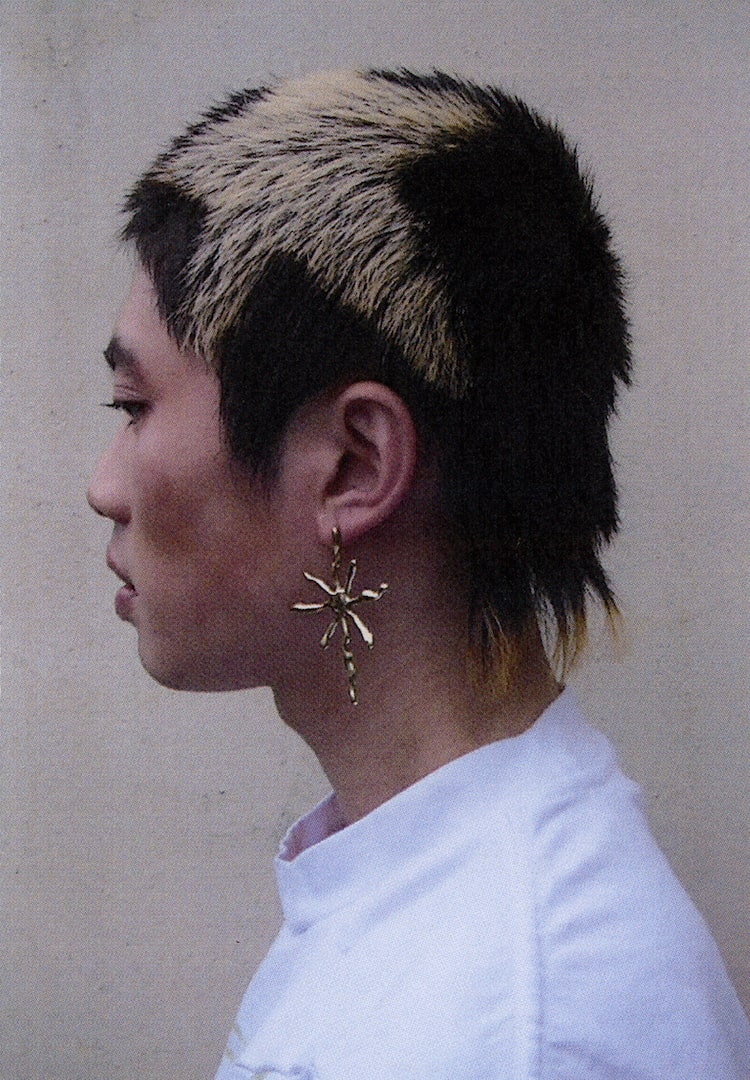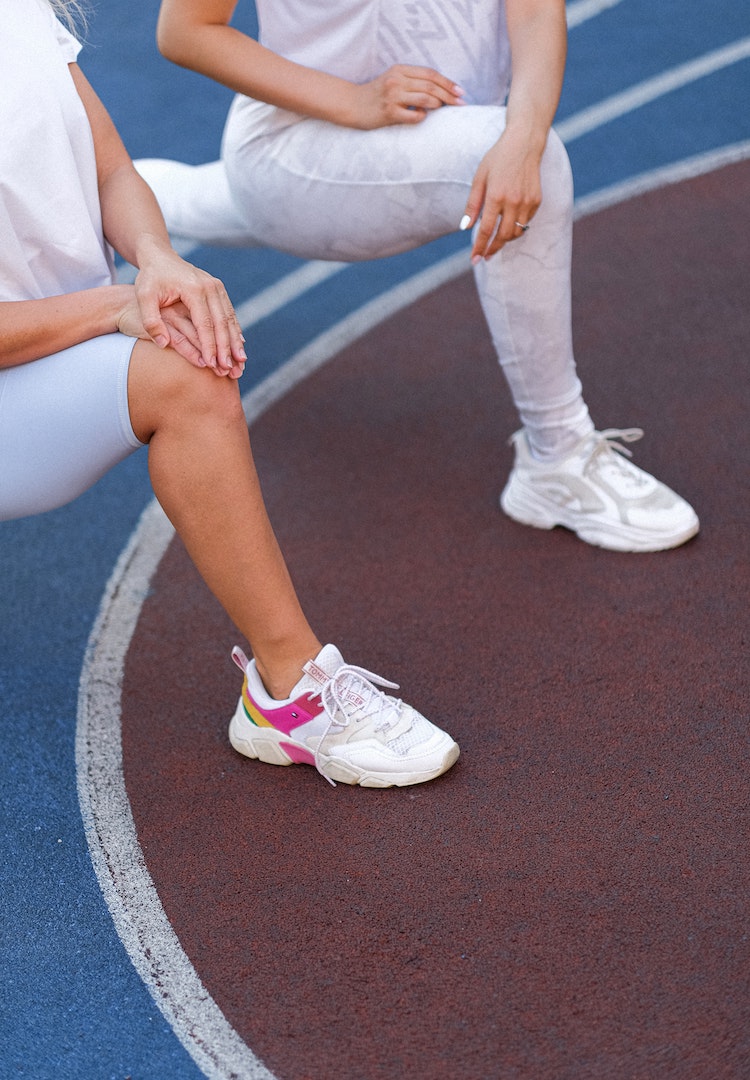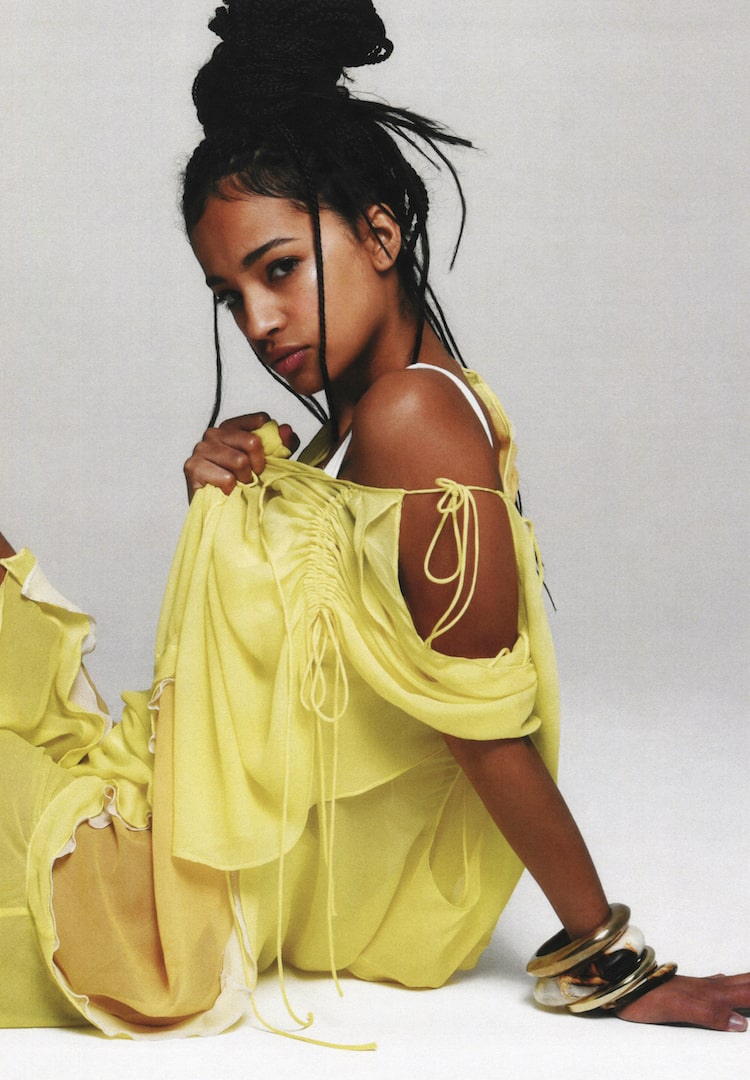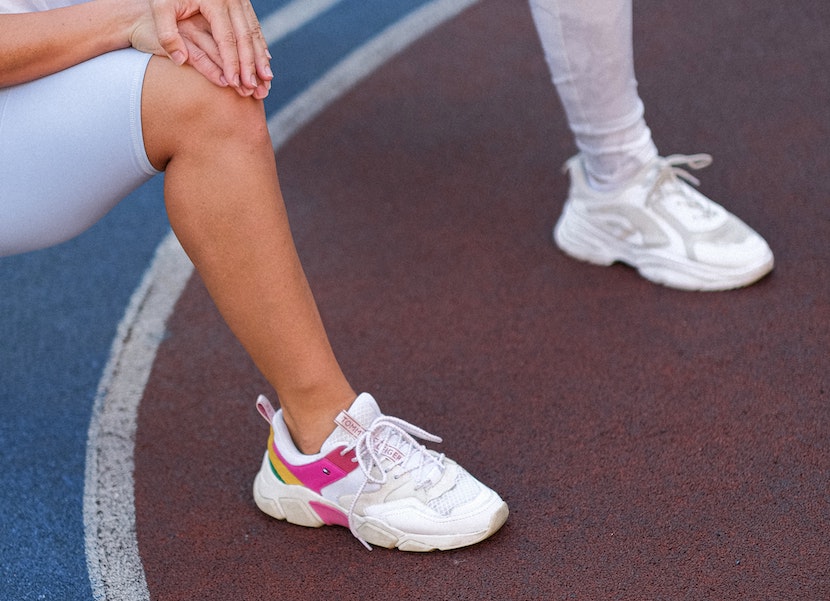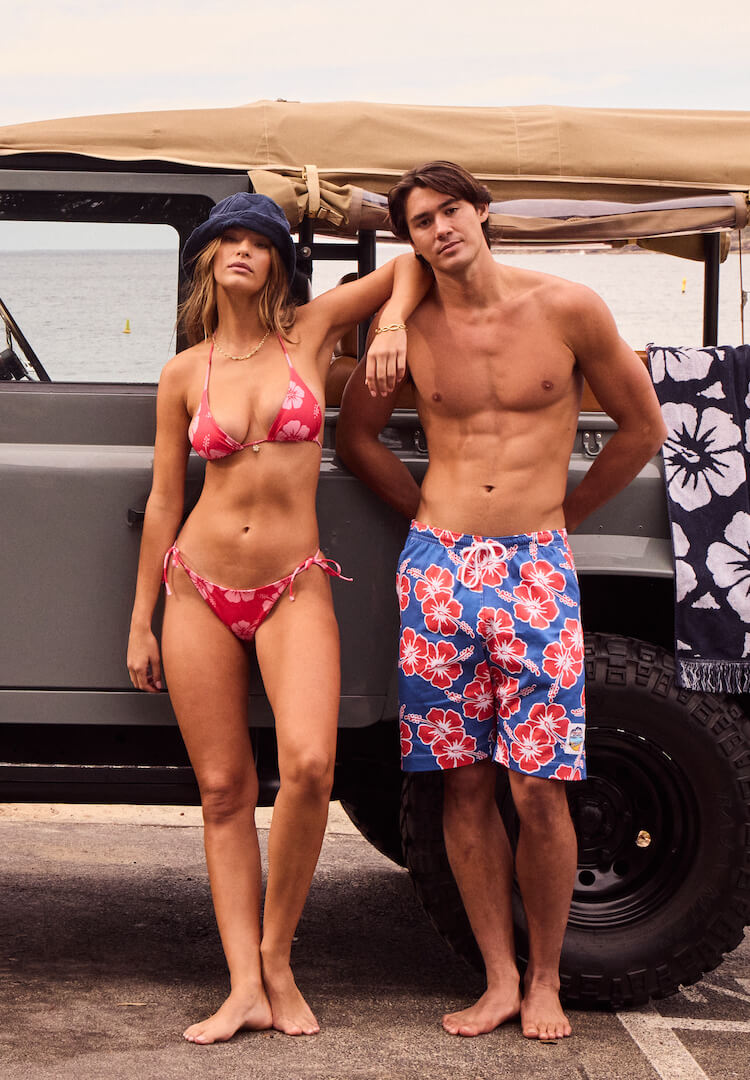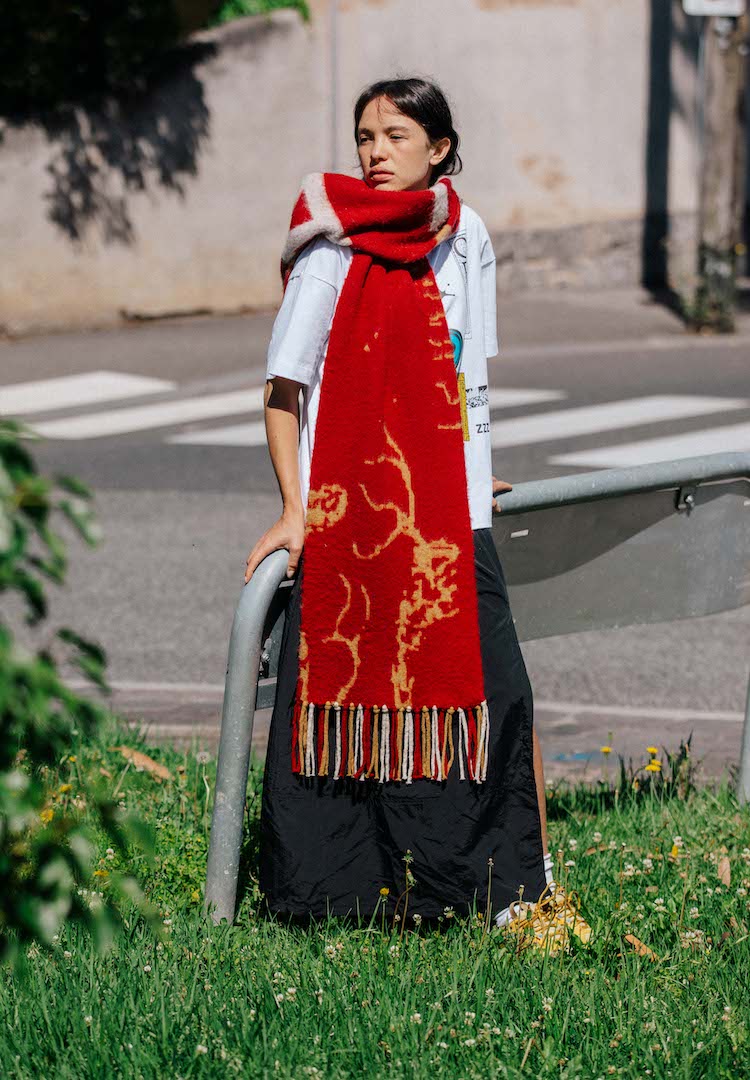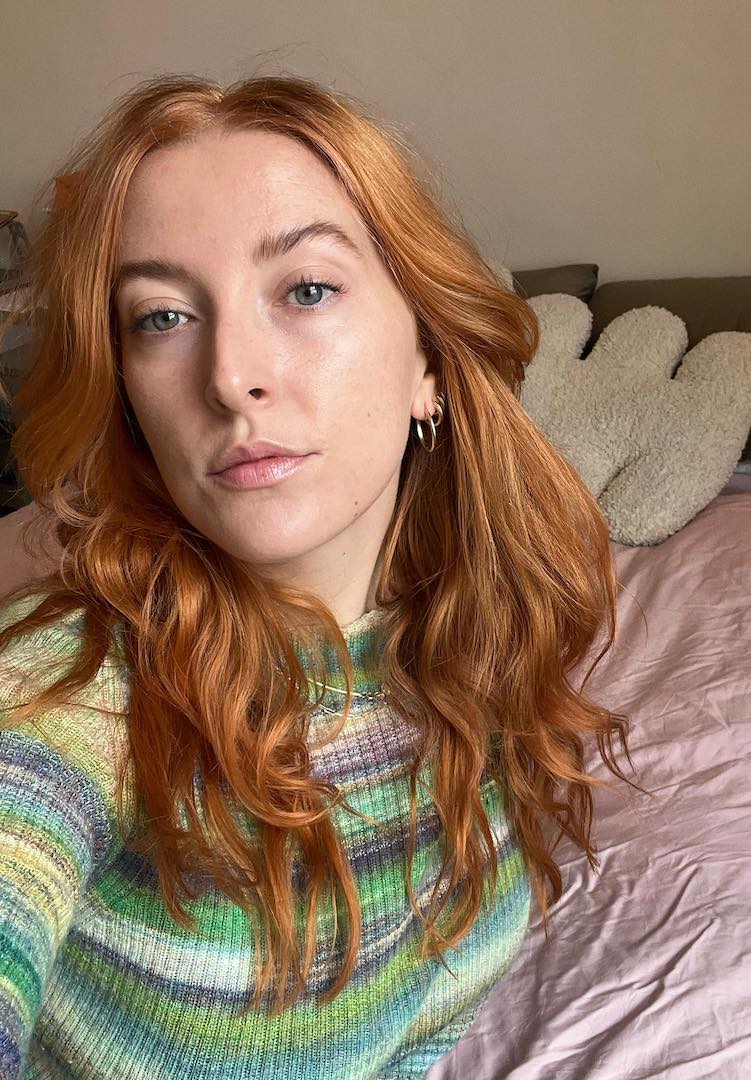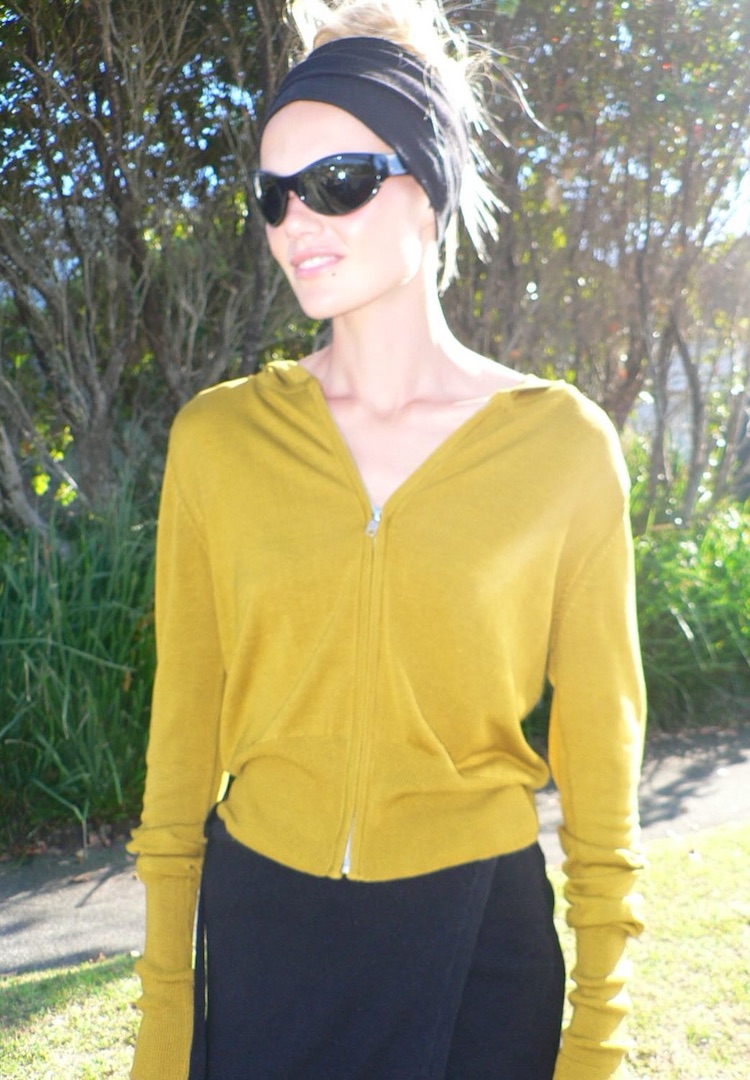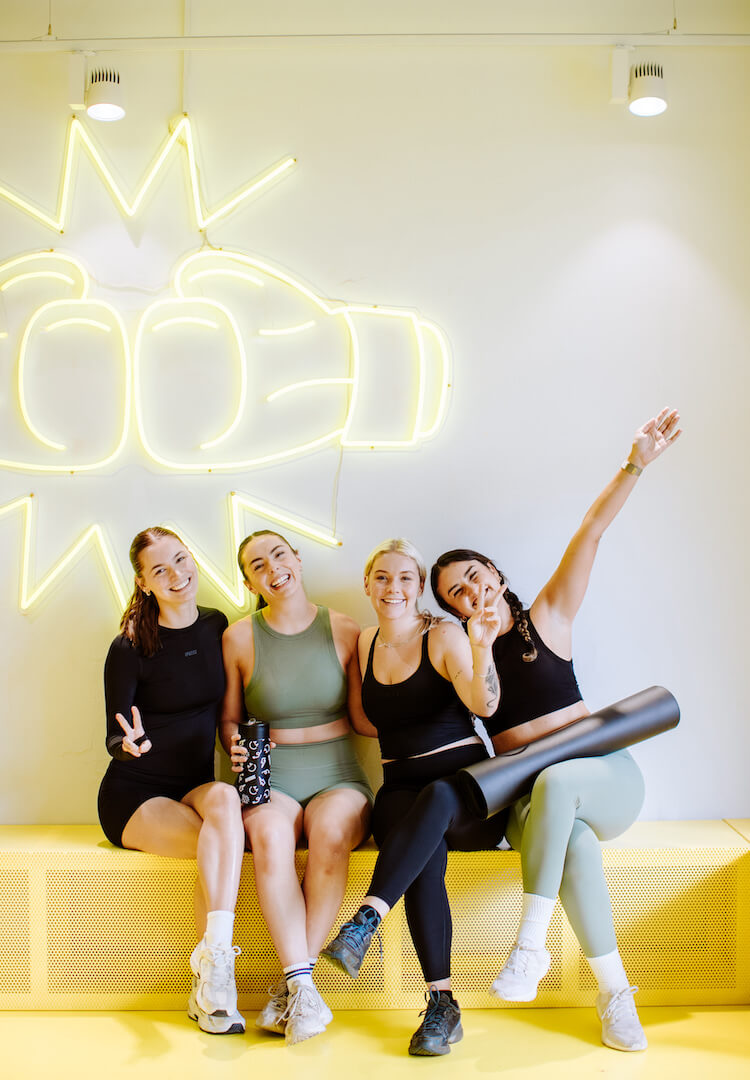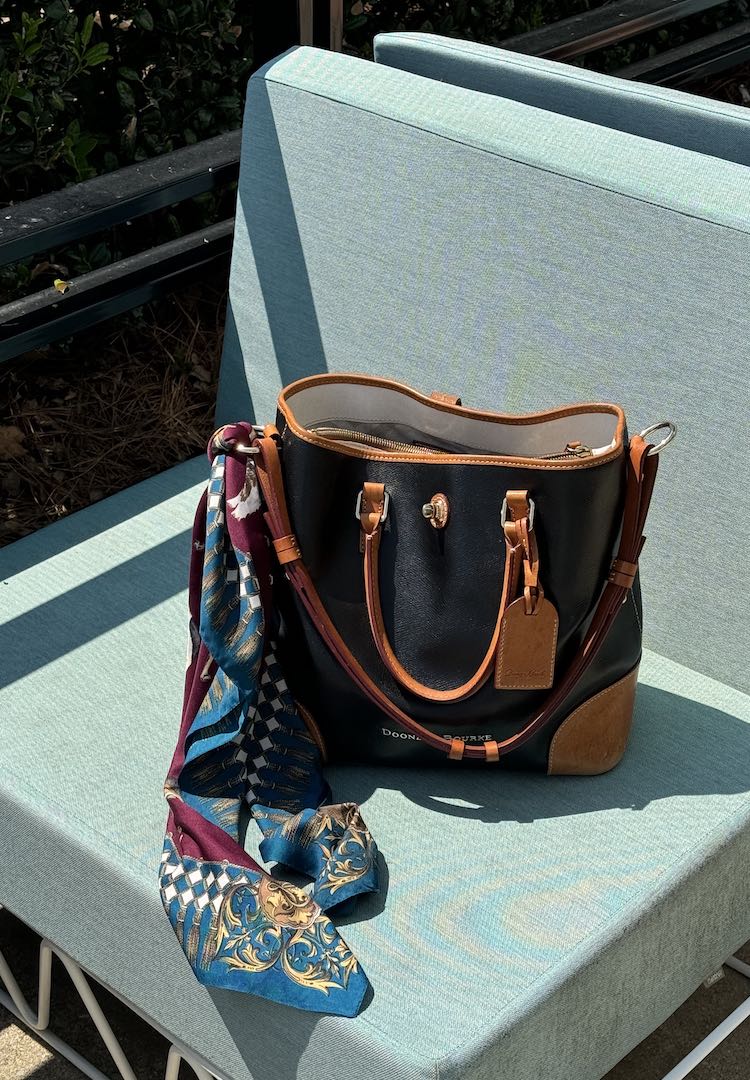Bring back old T-shirts and baggy shorts: Why activewear exhausts me
Words by Shaeden Berry
“I feel I’m not considered a ‘serious gym-goer’ because I haven’t invested in the standard uniform.”
Last week I stepped foot in a gym for the first time in six years. Now, this gym is not particularly big, and it’s not a fancy franchise that boasts the latest in hot yoga classes or SoulCycle-level spin challenges.
If you go mid-morning on weekends, you’re more likely to find an older crowd than green-juice-sipping millennials and Gen-Zers. And yet still, within half an hour, I had that moment – the ‘Oh, I guessed I missed the memo’ moment. And that memo? That there is a gym uniform.
For more fashion-related features, browse through our Fashion section.
This is what I wear to the gym: baggy old T-shirts that have been relegated to the ‘I can ruin this with sweat and overwashing’ section of my wardrobe. I buy plain black leggings that aren’t expensive, but just good enough quality that I can squat without showing the gym my underwear. My sneakers are no longer pristine because I run on weekends, and it’s been a wet winter.
I look a hot mess, but my reasoning is that I’m there to sweat and lift heavy objects; I don’t need to bring my A game in the style department. Only, apparently, I do. I get that the idea of a ‘gym uniform’ is not new. We are not the first generation to collectively decide on standard items of clothing that we wear when we exercise.
There were leotards of vibrant colours in the 1960s, transitioning to more muted colours and gym suits in the 1970s before the iconic Jane Fonda-esque ensembles of the 1980s – think clingy lycra, leg warmers and headbands.
Research tells me it was around this time that the ‘activewear fashion’ craze truly peaked. A number of articles reference a 1984 piece by Vicki Lindner comparing the gym to a “singles bar” and told women “the garments you choose for shape-keeping activities must be capable of demanding work as well as allure”.
It seems to me this rhetoric is still evident in our current approach to activewear. Nowadays, the uniform is skintight leggings and crop tops in matching colours and patterns, intended to accentuate your figure and made popular by the fitness influencers we see on our social media.
The fitness gear trend
I’ve tried to get into the fitness gear trend. I understand that people who take exercise seriously want comfortable, high-performance gym gear that can withstand intense workouts and minimise the smell of sweat.
For items like sneakers, there are ergonomic factors at play, and I know the difference between running in a pair of $12 runners and a pair of $150 runners designed to support you. My shins know the difference, too.
But this intense focus on the aesthetic appeal of what we wear to the gym is what has me stumped. My baggy top and plain leggings, or my daggy shorts in summer, don’t restrict my movement. They feel supremely comfortable and can survive 14 kilometre runs and a long session of lifting weights.
They work just as well but they don’t have the expensive price tag or the sleek, streamlined design of modern-day activewear. And for that, I feel out of place. I feel I’m not considered a ‘serious gym-goer’ because I haven’t invested the money into getting myself the standard uniform.
The relentless rise of women’s activewear
It goes without saying that, for the most part, the marketing and emphasis on ‘gym wear’ are targeted toward women. My partner can wear his work shorts and an old T-shirt and not get a second glance because the guy next to him is wearing the same outfit.
But clothing companies prey on the fact that women are more prone to feelings of self-consciousness and susceptible to ideas about how they should be presenting themselves.
And there’s the marketing: activewear stores love a powerhouse slogan that promises women that they’ll feel “strong and powerful” simply by donning a pair of leggings. Activewear brands are fond of telling us to “get up and go” – like women don’t already have a million societal pressures to contend with.
The imagery of some of these brands is becoming more representative of a broader demographic of bodies but we can’t forget that the prevailing figure at the centre of the athleisure marketing campaign has long been a young, thin, White woman.
Even as brands begin to cater to a wider variety of bodies, society continues to tell us that only ‘certain’ women should wear form-fitting crop tops and leggings in public and tends to cast a critical eye over those who don’t fit the standard. Got big boobs? Well, wearing that activewear crop top – the same one a smaller-chested lady nearby is wearing without judgement – immediately becomes inappropriate. Cover that cleavage up!
By no means do I begrudge someone who loves their activewear and enjoys wearing it to the gym. For some, it’s empowering and convenient; an outfit that can take them from yoga to coffee to grocery shopping. But at the same time, I don’t want to be judged for turning up to the gym in a T-shirt that’s seen better days and a pair of baggy shorts that fail to lift and shape my behind in the way every pair of exercise leggings promises to.
When I’m at the gym or out for a run, I’m there for myself and I’m there to get gross, sweaty, red-faced and have my hair turn into a gigantic flyaway mess. I’ve already had to motivate myself to get up and go (and that’s coming from someone who actually likes exercise). I don’t want to factor in planning out an aesthetically pleasing outfit.
Sure, for some women, activewear is empowering. But many of us resent the pressure to appeal to the male gaze while exercising. And really, if there’s ever a safe space to look like a hot mess (that isn’t McDonald’s at 3am on a Saturday night) it’s the gym. So let me wear my terrible gym clothes in peace, without the side-eye. I’m not here for your viewing pleasure, anyway.
For more on activewear and feminism, head here.

